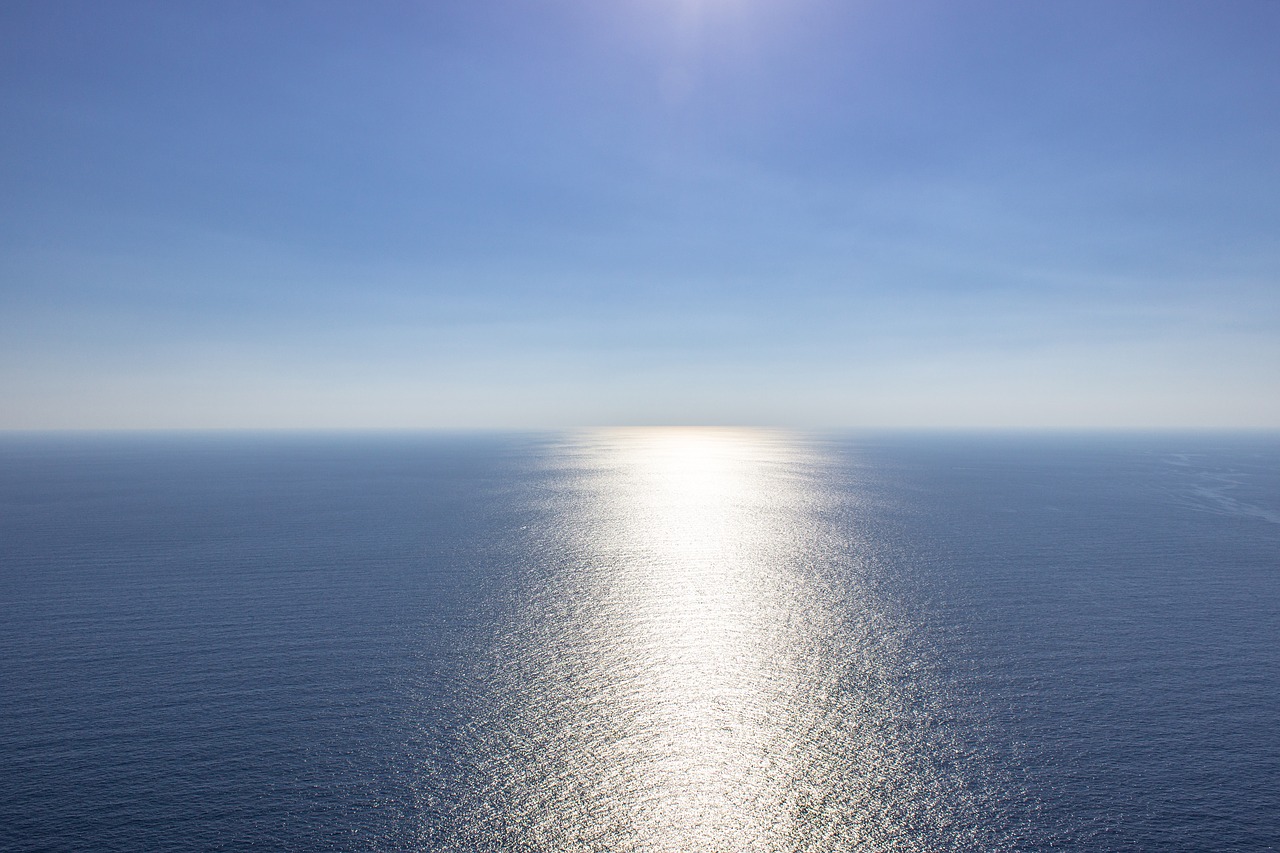 INFRA
INFRA
 INFRA
INFRA
 INFRA
INFRA
Google LLC said today it’s beefing up its cloud infrastructure network with what it said will be the first private trans-Atlantic subsea cable built by a nontelecommunications company.
The Dunant Cable will span the Atlantic Ocean from Virginia Beach in the U.S. to the west coast of France by the time it’s completed by 2020, Google said.
The cable will add greater network capacity for Google across the Atlantic, which it describes as one of the “busiest routes” on the internet. The extra capacity is earmarked for the expected growth of Google’s Cloud Platform and services, and will deliver “high-bandwidth, low-latency, highly secure cloud connections between the U.S. and Europe,” the company said.
Google said it’s working with a company called TE SubCom to design, build and then lay the Dunant Cable across the Atlantic’s seabed.
Dunant is named after the French innovator Henri Dunant, who holds the distinction of being both the first Nobel Peace Prize winner and founder of the Red Cross organization. The choice follows a trend Google set for the naming its subsea cables after historical innovators, which began with its first privately built subsea cable “Curie” that connects Los Angeles to Chile in South America.
Google only recently began building its own subsea cables. As Jayne Stowell, Google’s strategic negotiator of global infrastructure, wrote in a blog post, much of the company’s older infrastructure is made up of capacity it purchased from existing cables and cables built through a consortium of partners.
In recent times, however, Google has decided that these existing connections are not enough to meet its growing demands for performance, latency and capacity. The company also wanted to ensure it had guaranteed bandwidth for the lifetime of the cables it uses, hence the decision to build its own.
“Cables are often built to serve a very specific route,” Stowell wrote. “When we build privately, we can choose this route based on what will provide the lowest latency for the largest segment of customers. In this case, we wanted connectivity across the Atlantic that was close to certain data centers.”
Support our mission to keep content open and free by engaging with theCUBE community. Join theCUBE’s Alumni Trust Network, where technology leaders connect, share intelligence and create opportunities.
Founded by tech visionaries John Furrier and Dave Vellante, SiliconANGLE Media has built a dynamic ecosystem of industry-leading digital media brands that reach 15+ million elite tech professionals. Our new proprietary theCUBE AI Video Cloud is breaking ground in audience interaction, leveraging theCUBEai.com neural network to help technology companies make data-driven decisions and stay at the forefront of industry conversations.